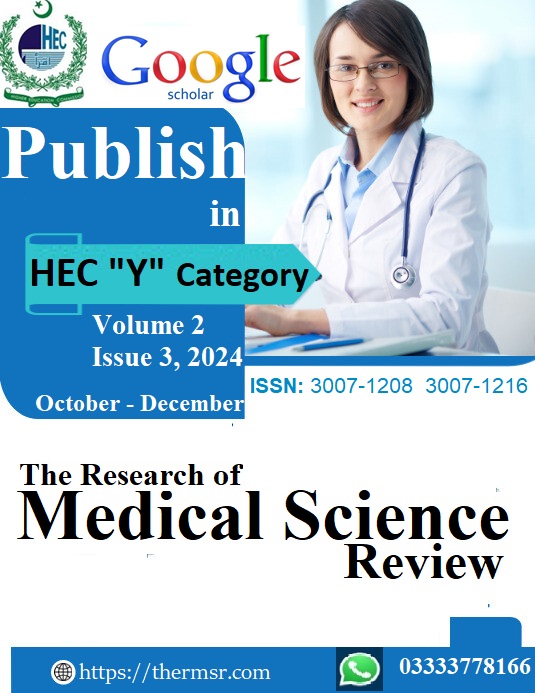INNOVATIVE MOLECULAR SIGNATURES OF BREAST CANCER, CELLULAR PROFILING VIA PREDICTION ANALYSIS
Keywords:
Granzyme B, Cholecalciferol action, Cytochrome C, Apoptotic markers, Clinical proteomics, Breast cancer biologyAbstract
A complete understanding of diverse and intricate features pertaining to breast malignancies and the molecular etiology of multiple types of cancer stays unexplored. The work was designed to investigate breast cancer proliferative and apoptotic mediators as diagnostic tools, using spatiotemporal and all-inclusive bioinformatics approaches. Data from the Protein data bank for proteins CytochromeC (CYCc) and Granzyme B, as well as ZINC database and Swiss Docking for the ligand Cholecalciferol. Results were visualized in USF chimaera 1.15. PyMol was used to investigate protein active site interactions. Granzyme B has a single active binding site at Methionine34 aligned with Cholecalciferol through 1 hydrogen bond and a fitness energy of -3045.24 Kcal/moL and -7.38 score. Docking CYCc with Cholecalciferol revealed one active site Isoleucine82 with one hydrogen bond and a bond length of 2.092, fitness (-1425.01 Kcal/moL), and a score of 5.56. Proteoform expression has shown association of proteins like Granzyme B and CYCc, as well as Cholecalciferol, in both regulatory apoptotic mediators and functional proliferative pathways, thus emphasizing their prominence as diagnostic indicators for breast cancer. Current research will assist in the construction of chemotherapeutic mechanisms of action, producing potentially clinically significant diagnostic and prognostic information.
Downloads
Downloads
Published
Issue
Section
License

This work is licensed under a Creative Commons Attribution-NonCommercial-NoDerivatives 4.0 International License.














